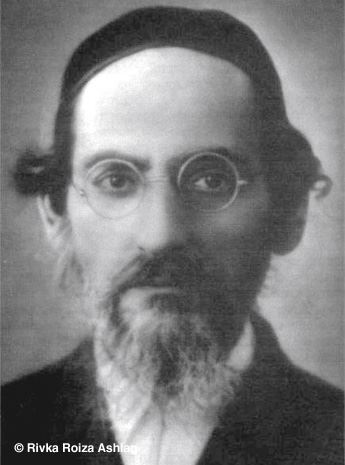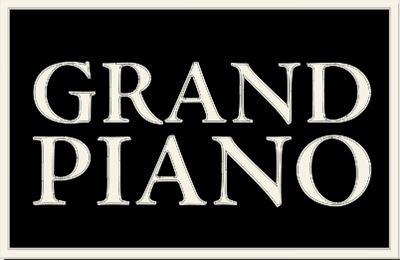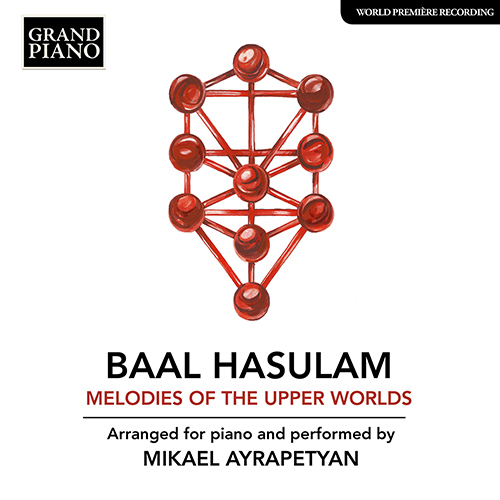
Baal HaSulam (1885 - 1954)
The Rabbi Yehuda Leib HaLevi Ashlag (1885–1954) became known as Baal HaSulam (‘Owner of the Ladder’) for his Sulam (‘ladder’) commentary on the Kabbalist Book of Zohar. He dedicated his life to the interpretation and dissemination of ideas found in the Kabbalah, the Jewish teachings intended to explain the relationship between God the infinite, and the mortal and finite universe: in other words, the roots and purpose of existence.
Born in Warsaw in 1885, Baal HaSulam was ordained as a rabbi at 19 years old, and served for 16 years as a Dayan (Jewish orthodox judge) and a teacher in Warsaw. In 1921, he immigrated to Israel and settled in the Old City of Jerusalem, where he rapidly became known as an authority and teacher in Kabbalah, particularly amongst fellow Polish Jews. He moved in due course to Givat Shaul, which was then a new neighborhood in western Jerusalem, where for several years he served as the neighborhood rabbi.
The 1920s and 1930s saw the publication of Baal HaSulam’s first books, and he was to publish extensively over the course of his lifetime. His most important contributions to Kabbalist literature are generally agreed to be the Perush HaSulam (‘Commentary of the Ladder on the Zohar’), published in 18 volumes in the 1940s and 1950s; and his six-volume Talmud Eser Sefirot (‘Study of the Ten Sefirot’) began to appear in 1937. In the midst of this period of intensive writing and study, he also spent three years in London, during 1926-28; and whilst in London, in 1926, he composed the cycle Melodies of the Upper Worlds.



 Grand Piano has gained a reputation for producing high quality recordings of rare keyboard gems. Dedicated to the exploration of undiscovered piano repertoire, the label specialises in complete cycles of piano works by many lesser-known composers, whose output might otherwise have remained unknown and unrecorded.
Grand Piano has gained a reputation for producing high quality recordings of rare keyboard gems. Dedicated to the exploration of undiscovered piano repertoire, the label specialises in complete cycles of piano works by many lesser-known composers, whose output might otherwise have remained unknown and unrecorded.






